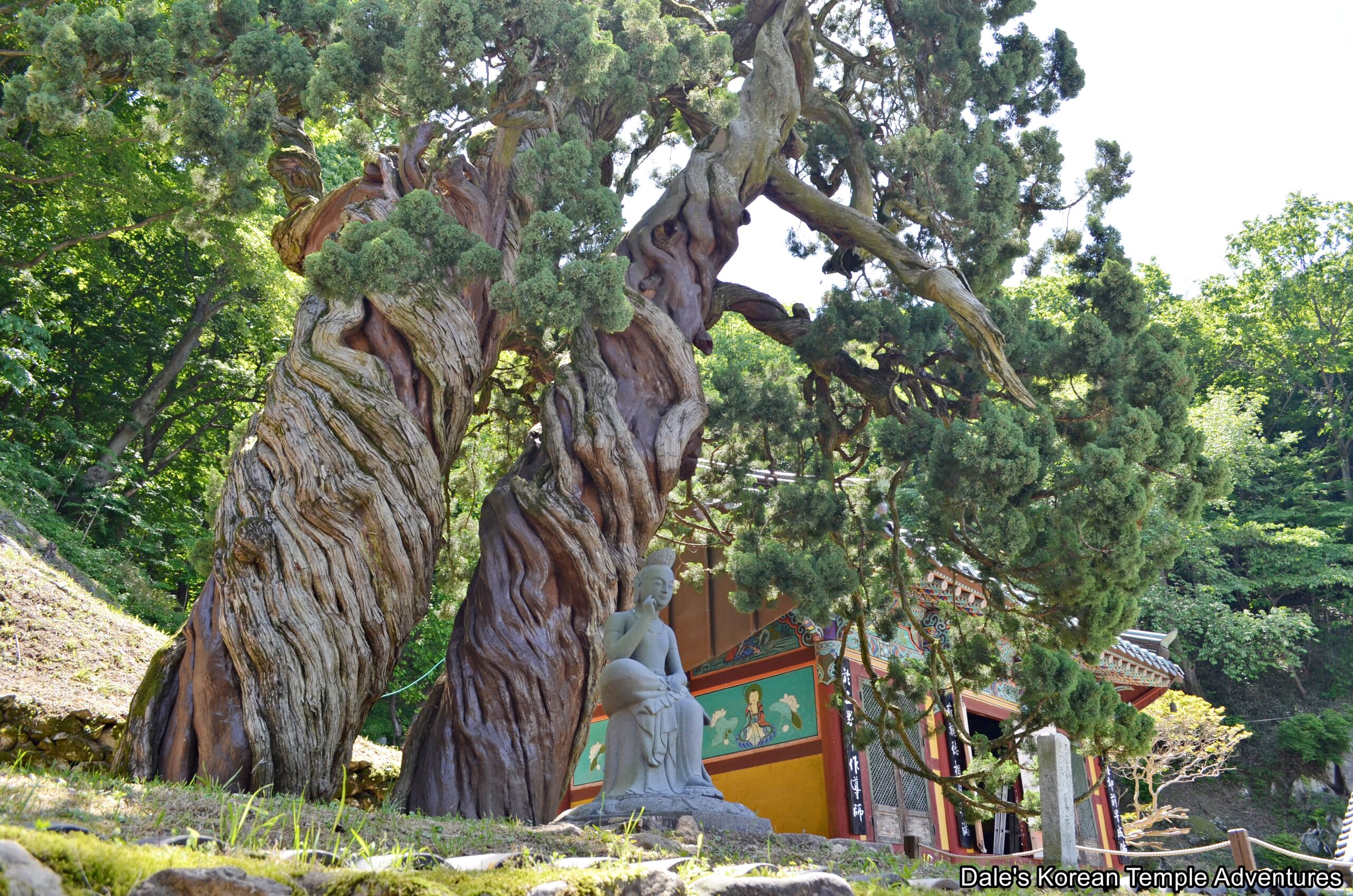
Hermitage History
Cheonjaam Hermitage, which is located on the Songgwangsa Temple grounds in western Suncheon, Jeollanam-do, is situated near the peak of Mt. Cheonjaamsan (757.4 m) to the southwest. It’s believed that the hermitage was first established by Damdang-guksa (1226-1293), who was the ninth of sixteen “guksa” (national preceptors) from Songgwangsa Temple. Additionally, he was a prince of Goryeo (918-1392).
After its founding, the monk Seolmuk reconstructed the hermitage in 1633. Later, it would be rebuilt, once more, this time by the monk Jiwon in 1730. In 1740, the Manse-ru Pavilion was built. In 1882, the Chilseong-gak Hall was built. And in 1939, the Geumdang Hall was built. Construction on the hermitage grounds continues to the present day.
Cheonjaam Hermitage is home to one Natural Monument. It’s the 800 year old “Pair of Chinese Junipers at Cheonjaam Hermitage of Songgwangsa Temple.” They are Natural Monument #88.
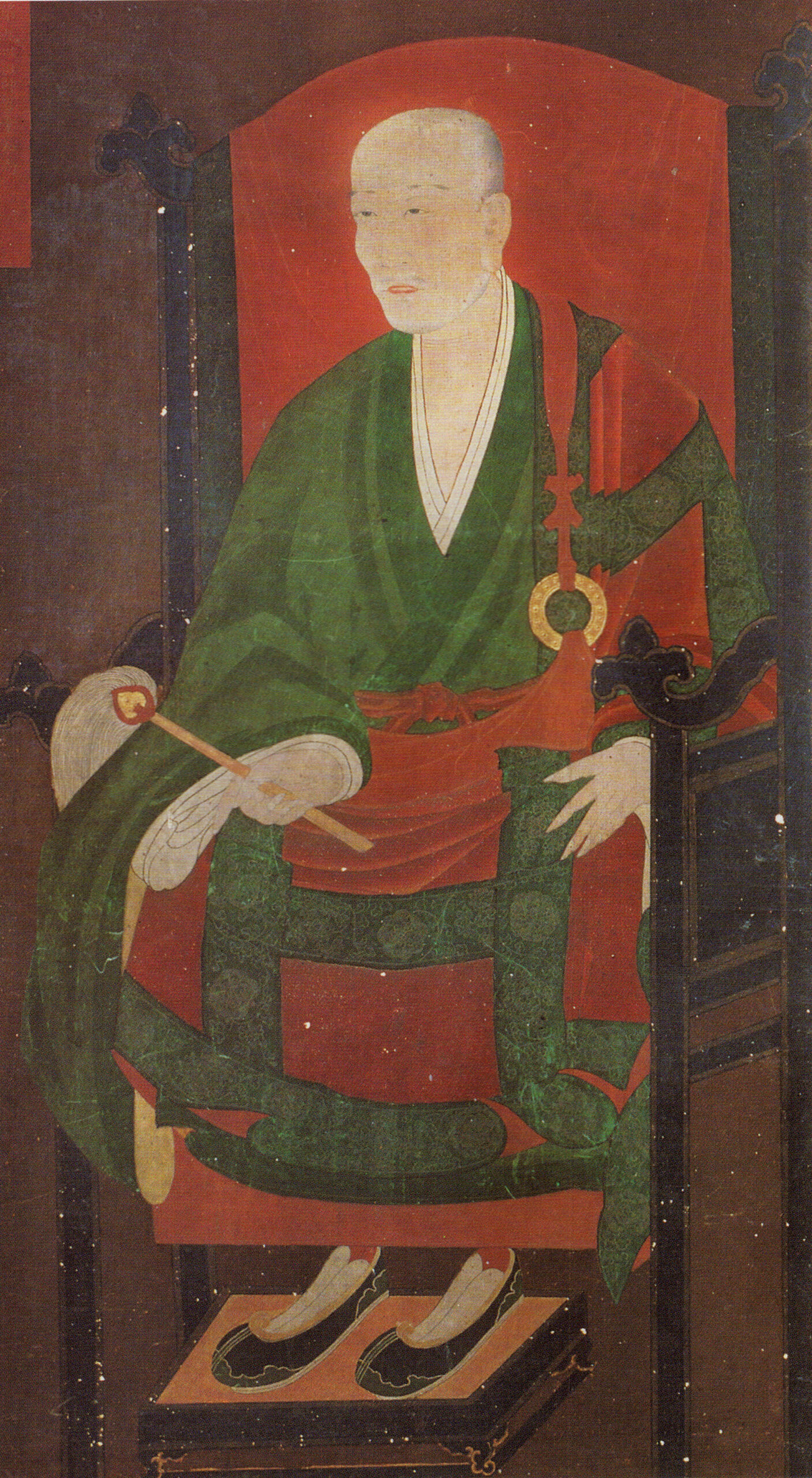
Hermitage Layout
You first approach Cheonjaam Hermitage up a long, winding mountain road. Part of this mountain road has been repaved, and other parts of the mountain road need to be repaved. Nearing the hermitage grounds, you’ll notice the Samseong-gak Hall on the hillside. To gain access to this shaman shrine hall, you’ll need to pass by the monks’ dorms to your right, as you enter the main hermitage courtyard at Cheonjaam Hermitage.
Straight ahead of you is the Eungjin-jeon Hall that’s joined to the left by the 800 year old Chinese junipers. Typically, Chinese junipers grow on Ulleung-do Island, in central Korea, and parts of Japan. These juniper trees have a strong scent that’s used in making incense. These pair of Chinese juniper trees are about twelve metres in height and are 4.1 metres and 3.3 metres, respectively, around. According to legend, these junipers grew from the walking sticks of Bojo-guksa (1158–1210) and Damdang-guksa (1226-1293). Purportedly, both monks brought these walking sticks back from China and stuck them into the ground at the hermitage. Additionally, Damdang-guksa was a disciple of Bojo-guksa. As a result, it’s said that these trees look like one is bowing down to the other much like a student would towards his teacher. It’s also said that anyone that touches these trees will go to heaven. The pair of Chinese juniper trees are stunning. And now, there is a smaller sized modern statue of Mireuk-bul (The Future Buddha) that rests at the base of the 800 year old juniper trees.
To the right of the ancient trees is the Eungjin-jeon Hall. The exterior walls to this shrine hall are adorned with images of Munsu-bosal (The Bodhisattva of Wisdom), Bohyeon-bosal (The Bodhisattva of Power), Jijang-bosal (The Bodhisattva of the Afterlife), and Gwanseeum-bosal (The Bodhisattva of Compassion). Stepping inside the Eungjin-jeon Hall, you’ll find a main altar occupied by a triad centred by Seokgamoni-bul (The Historical Buddha). This triad rests underneath a large, red canopy. And on either side of the main altar, you’ll find sixteen Nahan (The Historical Disciples of the Buddha) statues. These sixteen statues are then backed by murals of the Nahan, as well. And hanging on the far right wall is a painting dedicated to Dokseong (The Lonely Saint). This painting is then fronted by a newer-looking statue of the Lonely Saint.
To the rear of the Eungjin-jeon Hall, and over a newly constructed stone bridge, you’ll find the aforementioned Samseong-gak Hall. However, while the signboard above the shaman shrine hall details the shrine hall as a Samseong-gak Hall, it’s functionally a Sanshin-gak Hall. Typically, a Samseong-gak Hall would be occupied by three shaman deities that are typically Chilseong (The Seven Stars), Dokseong (The Lonely Saint), and Sanshin (The Mountain Spirit). However, this shaman shrine hall is only occupied by a painting of Sanshin. This painting is then fronted by two statues. The central image is that of Sanshin, while the statue to the left is that of Yongwang (The Dragon King).
To the left of both the historic Chinese juniper trees and the Eungjin-jeon Hall, you’ll find the largest building at Cheonjaam Hermitage. This is the structure that houses both the administrative offices at the hermitage, as well as the main hall, the Beopdang Hall. Stepping inside the Beopdang Hall, you’ll find an understated triad of statues underneath an equally understated all-natural wood canopy. The central image of the triad is dedicated to Seokgamoni-bul, who is joined on either side by statues dedicated to Gwanseeum-bosal and Jijang-bosal. To the left of the main altar is a painting dedicated to Gwanseeum-bosal, while to the right is a Shinjung Taenghwa (Guardian Mural).
Out in front of the Beopdang Hall is what looks to be the Manse-ru Pavilion. However, there was construction being done at the hermitage when I visited, so this structure was closed-off to the general public. Finally, and to the left of the Beopdang Hall, you’ll find a small collection of buildings that include the kitchen facilities at the hermitage.
How To Get There
There is no easy way to get to this rather remote hermitage. Outside of owning your own mode of transportation, the only other realistic way of getting to Cheonjaam Hermitage is by taxi. From the Suncheon Intercity Bus Terminal, it’ll take 45 minutes, over 46 km, and it’ll cost you around 50,000 won (one way).
Overall Rating: 5/10
Cheonjaam Hermitage is situated beautifully in Jogyesan Provincial Park. In addition to where it’s located, the hermitage has a pair of stunning 800 year old Chinese junipers. These might be the oldest trees that I’ve seen in my life. Also, you can enjoy the interior of the Eungjin-jeon Hall, as well as the interior of the Beopdang Hall. But the two main highlights at the hermitage are its location and its trees.
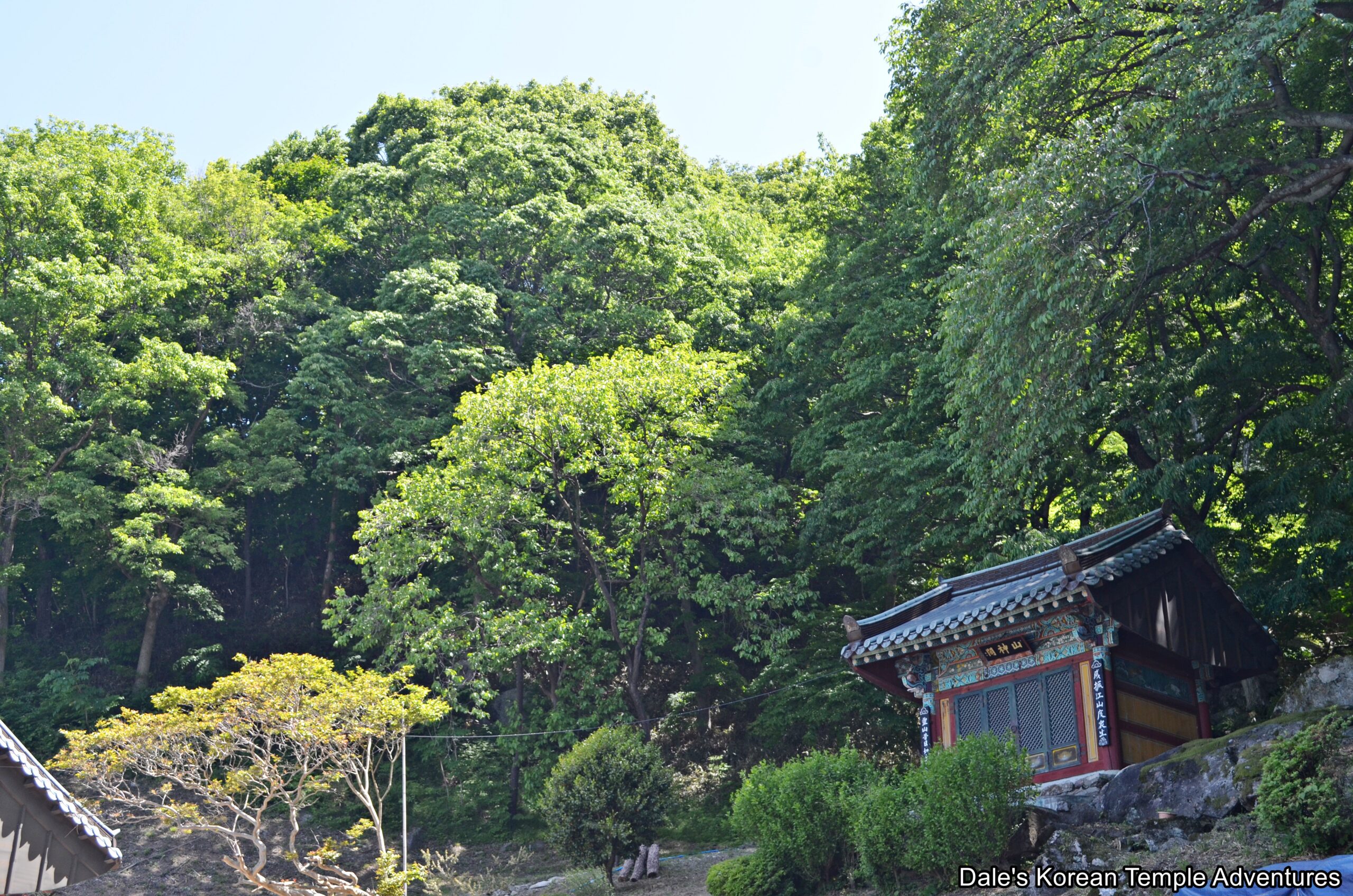
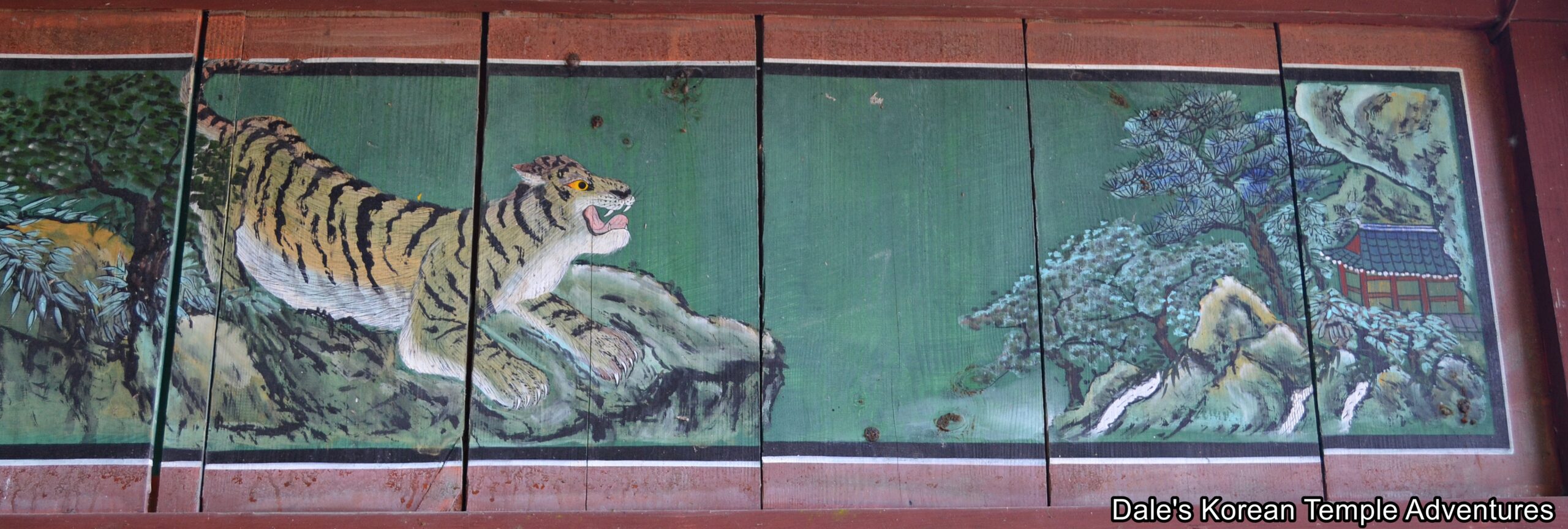
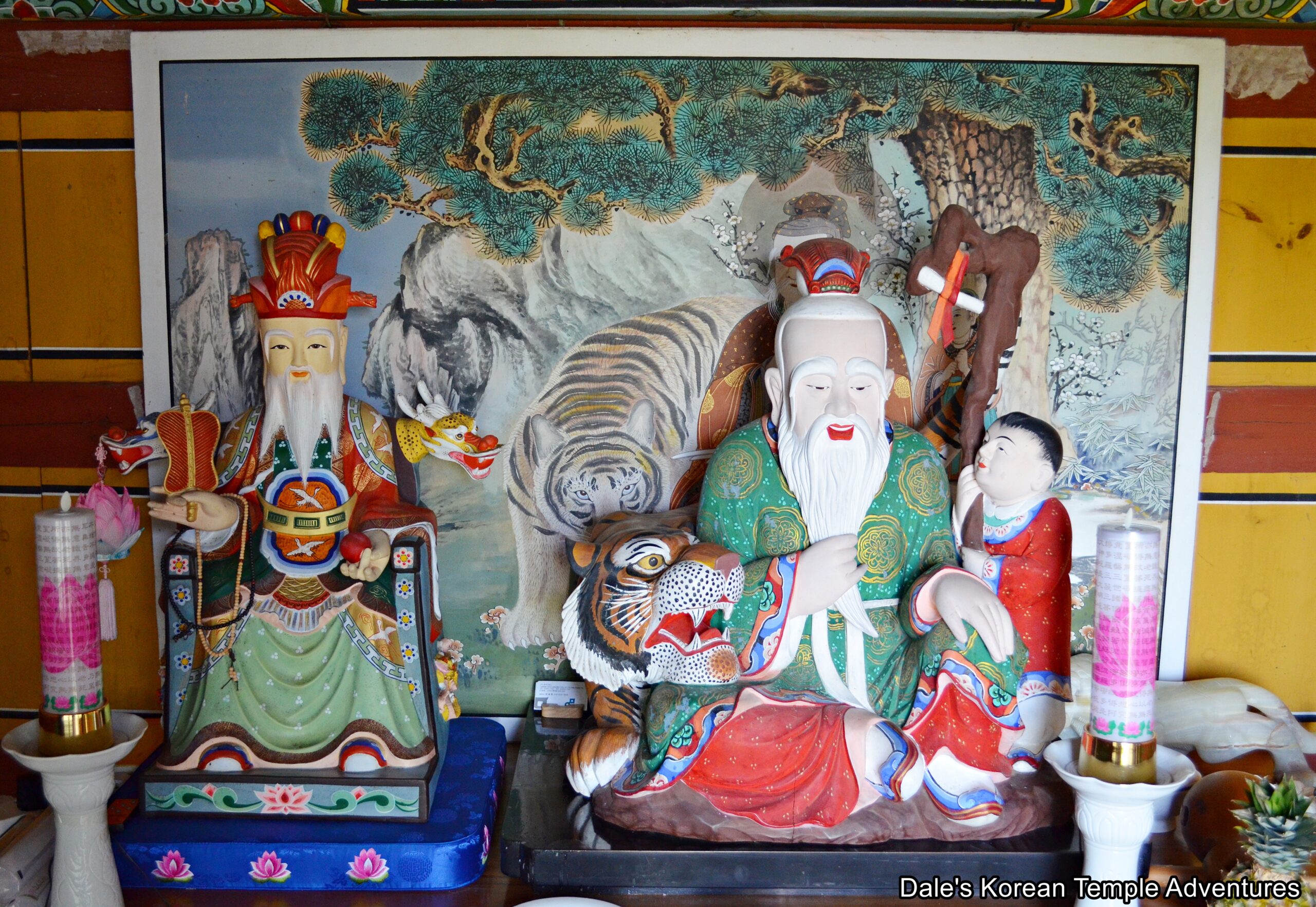
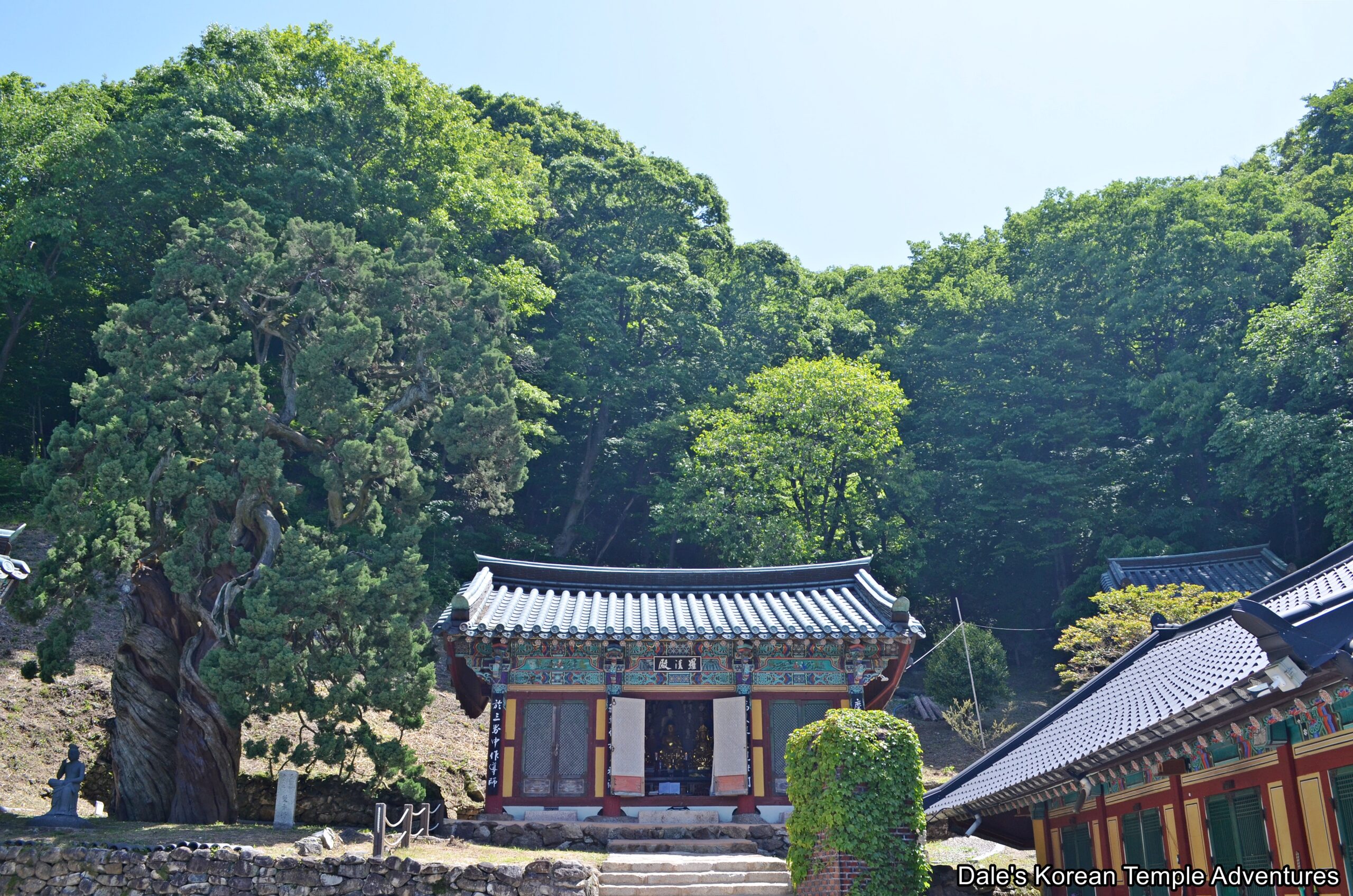

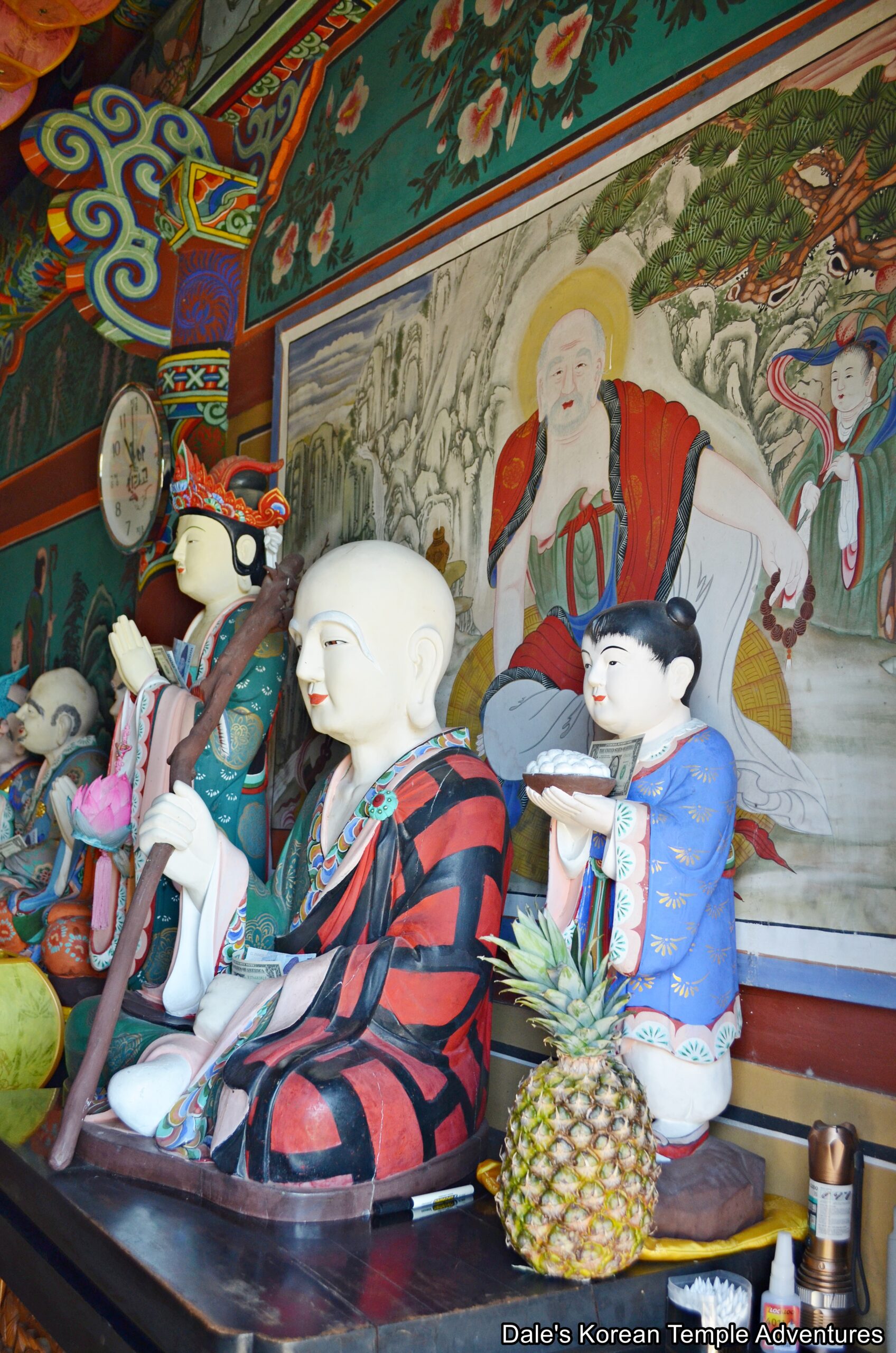
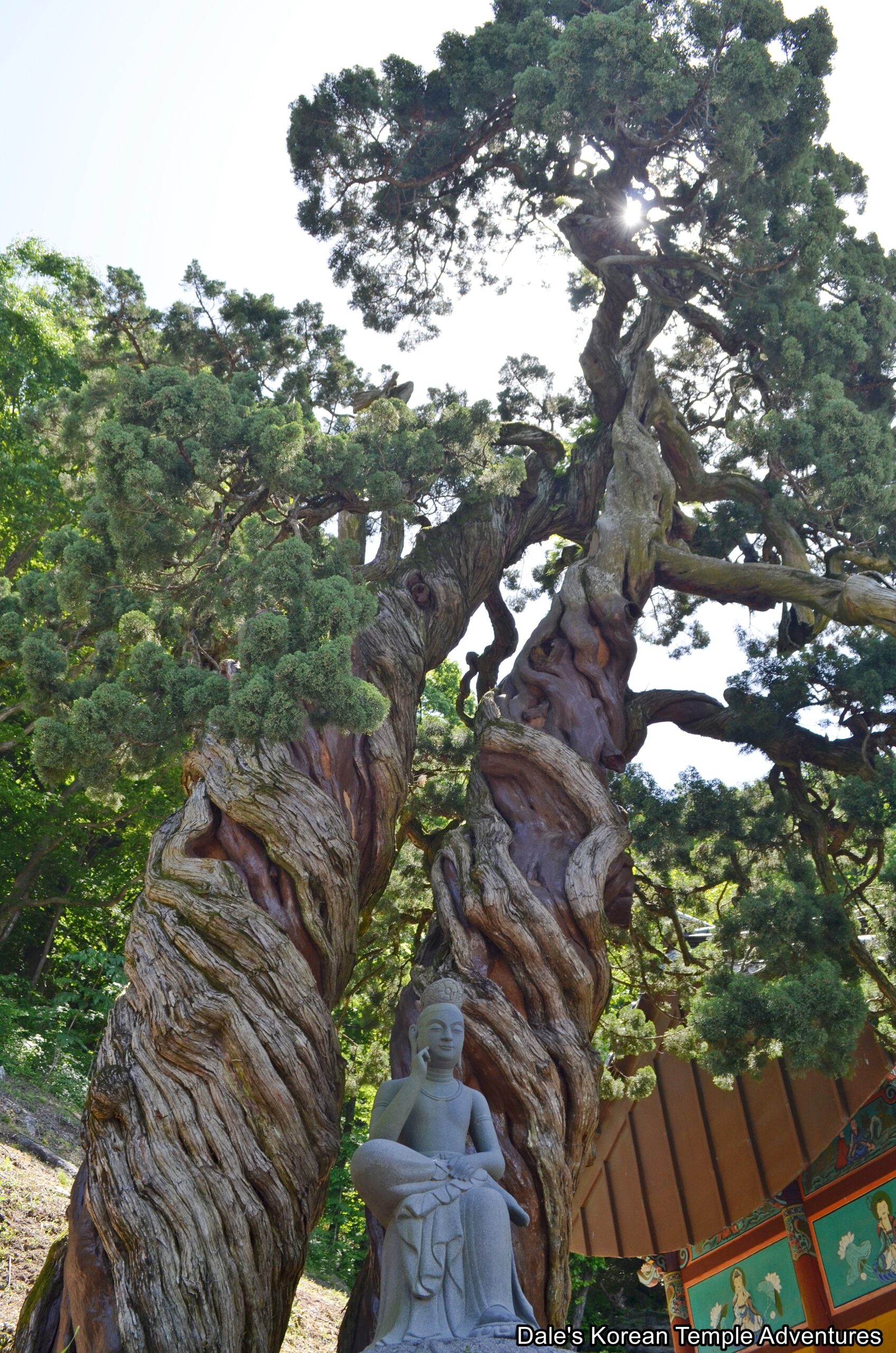
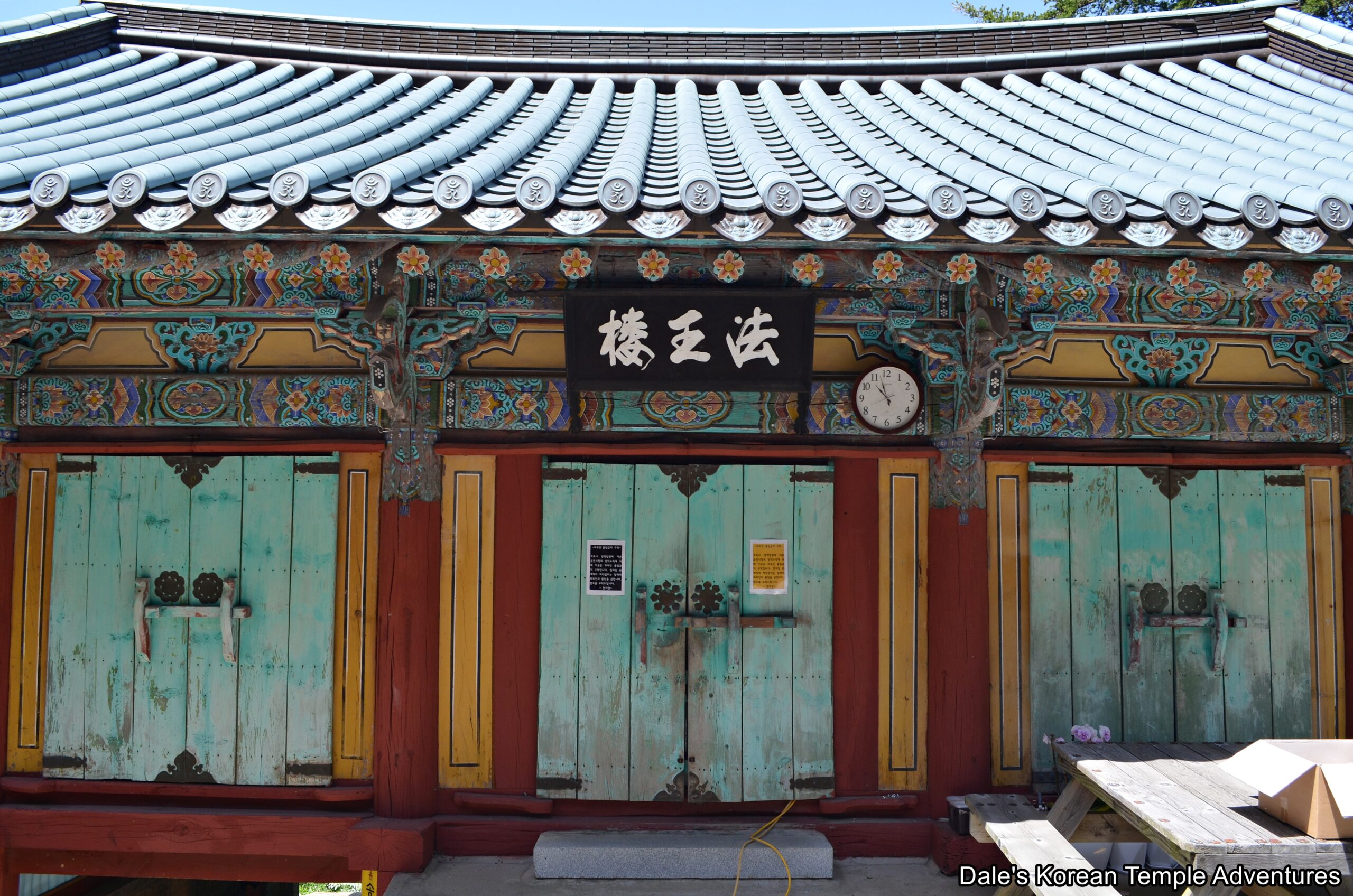
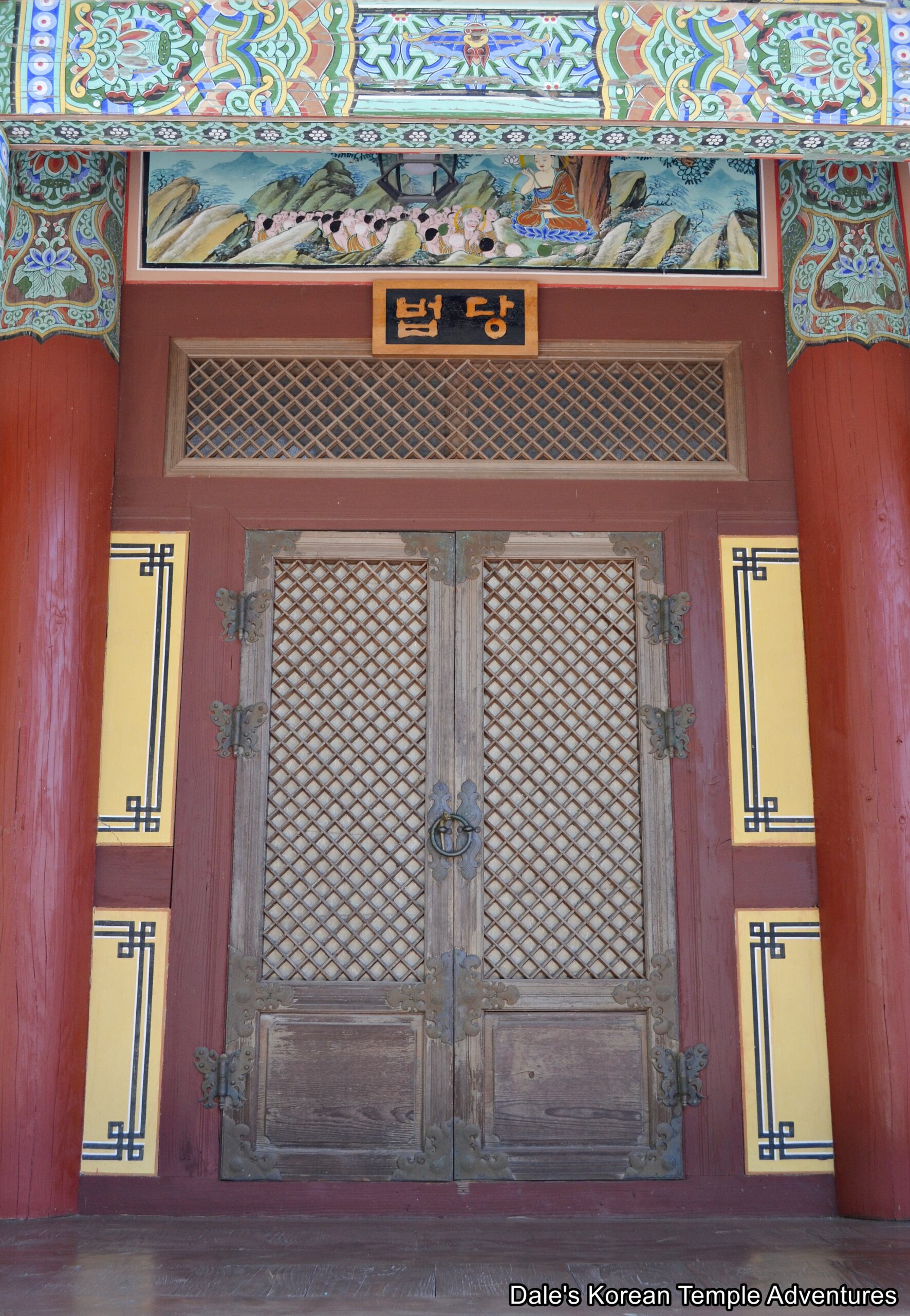
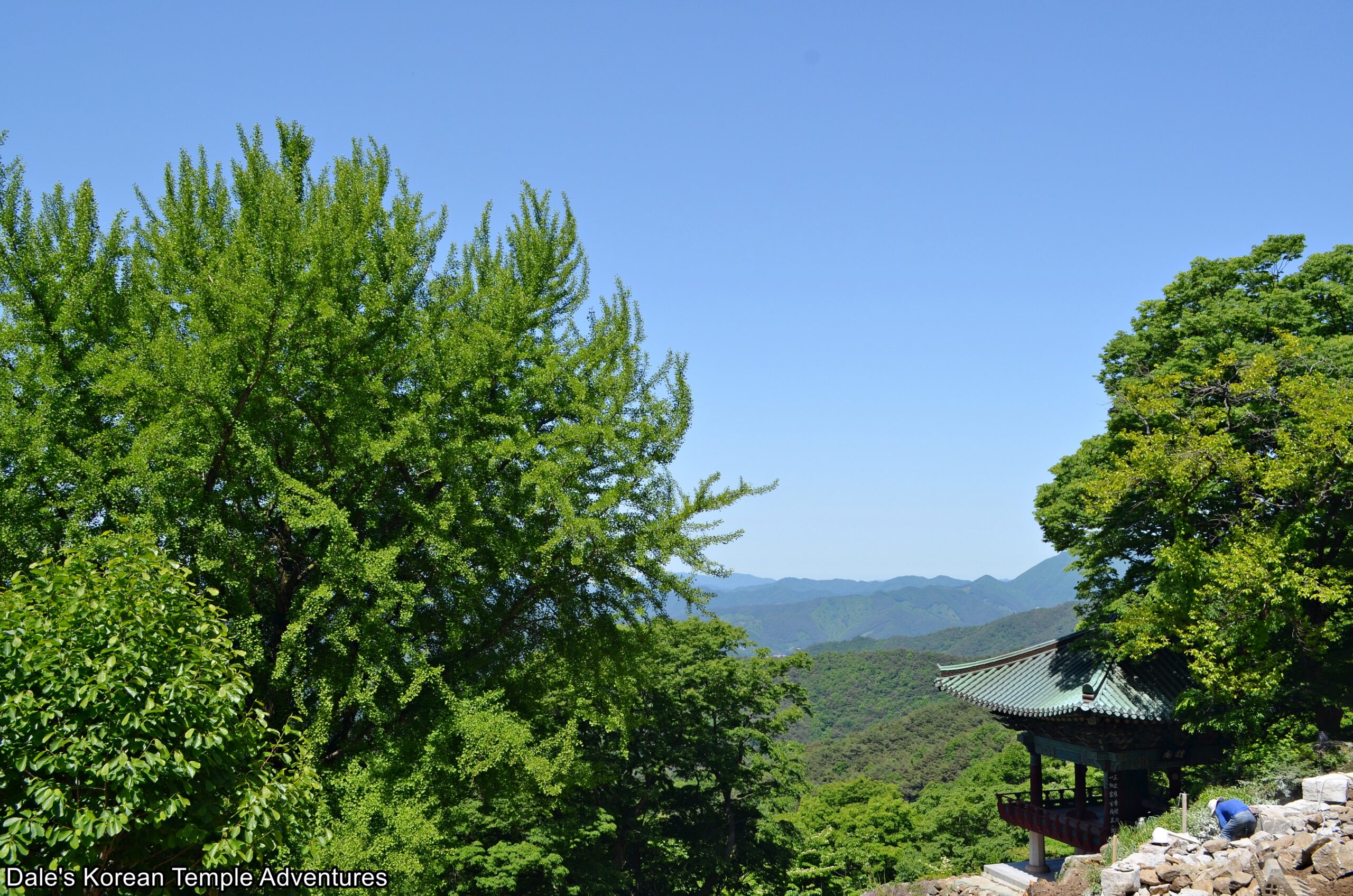

Recent comments